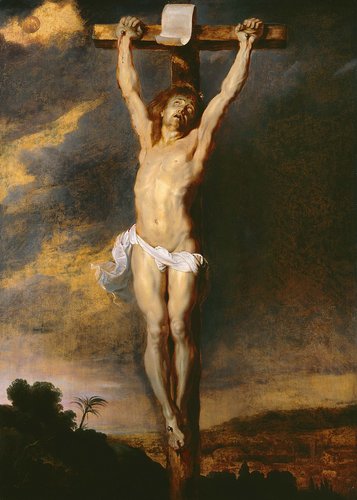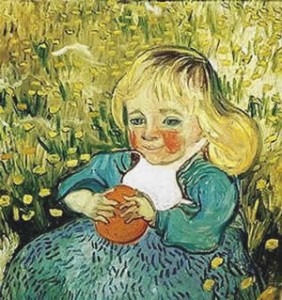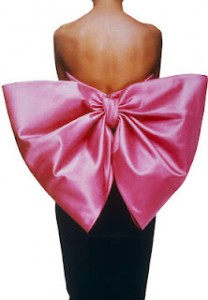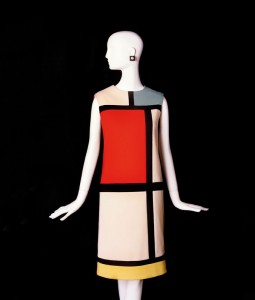You know the headline: One of the most impressive works of art at TEFAF in Maastricht was Rubens’s Crucifixion, painted around 1618-1620. It was snapped up within the first hour of the fair by Rose-Marie and Eijk van Otterloo, collectors you know if you read RCA regularly (see here and here for example).
 But I have the news about where the painting is going — and it is not their home. The van Otterloos think this dramatic work belongs in a museum and so there it will go. But which museum? Therein lies a tale.
But I have the news about where the painting is going — and it is not their home. The van Otterloos think this dramatic work belongs in a museum and so there it will go. But which museum? Therein lies a tale.
First, let me paint the scene: I wandered into the Colnaghi booth on Thursday just in time to watch as the owner, Konrad O. Bernheimer, gave a little lecture on the piece to what was clearly a museum group, which turned out to be from the Hermitage, escorted by Michael Piotrowski, the director. Bernheimer pointed out the way Rubens had used four, not the traditional three, nails to affix Christ to the cross. Rubens also departed from other traditional depictions of the scene, painting a cross that looks more like a tree trunk (for the Tree of Life) than a plank and omitting Christ’s crown of thorns. The asking price was 3.5 million Euros, or about $4.6 million. Bernheimer brought it to Maastricht fresh and hadn’t shown it to anyone until the pictures vetting committee for TEFAF saw it two days before the fair opened.
Soon thereafter, another small crowd gathered around the picture, including the van Otterloos. They didn’t notice me at first, so I watched as Eijk said something about a little overpainting on the upper right, and Rose-Marie said that no painting from that period was perfect. Then they did see me, and Eijk said, “We just bought it.” They told me that they had never seen the work before, but had quickly agreed that they wanted it. Neither they nor Bernheimer would tell me the final price.
I asked Eijk where the painting would go, offering “to the Museum of Fine Arts in Boston,” where they recently deposited about 40 of their treasures? No, he said, probably not — because of a Massachusetts law that would levy a use tax on the painting if they lent to to the MFA. I haven’t had time to research all the ins and outs of the dispute the couple has with Massachusetts, and whether they are residents of that state or Florida, where they also have a home.
But because of the dispute, the new Rubens will — Eijk says — probably be placed at the Currier Museum in Manchester, N.H., which he said also has a couple other works on display from their collection. Lucky New Hampshire.
UPDATE: The Currier says it’s displaying two paintings from the van Otterloo collection in connection with its coming show, Printmaking in the Age of Rembrandt (September 29, 2012 – January 6, 2013): The Apulian Shepherd by Joachim Wtewael (1566–1638) and The Cardplayers by Jan Steen (c. 1625–1679.) “Hanging alongside the Currier’s paintings by Jacob van Ruisdael, Jan Molenaer and Balthasar van der Ast, the van Otterloo pictures provide visitors with a greater appreciation for the leading role Dutch artists played in developing the subjects of still life, landscape, narrative and genre painting,” says the spokeswoman, Vicky Jaffe.




